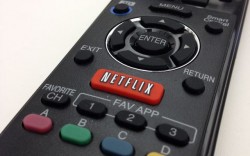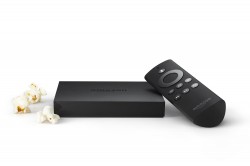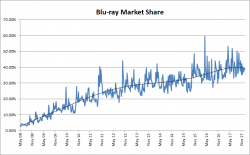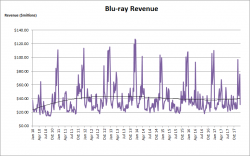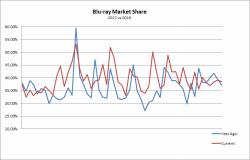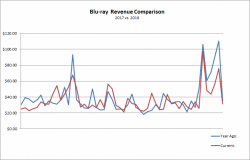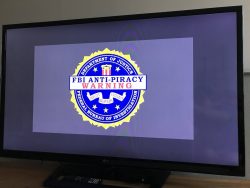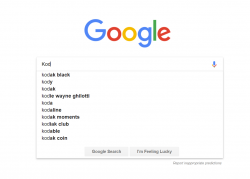Sorry about the brief hiatus last week, but in the WNR’s stead, I hope you enjoyed reading the (really really delayed) Blu-ray: The State of Play article. As the preview for the article mentioned, there were no real surprises, with Blu-ray (and DVD) continuing their slide towards VHS.
No need to skip anything this week though, as we do have a bit of news to go through.
![]()
Skipping straight to digital video news, streaming and the world of politics intersected this week when a campaign to boycott Netflix sprang up in response to an announcement by the streaming giant that angered the US conservatives community. Netflix announced that a new deal was struck with a production company linked to the Obamas, which along with the recent appointment of former Obama admin advisor Susan Rice to its board of director, had caught the ire of conservatives, now accusing Netflix of having a liberal bias.
Polling conducted by YouGov did find a serious slide (of 16%) in Netflix’s favorability rating among conservatives (unsurprisingly, they also found a 15% rise in favorability among liberals), but Netflix remains one of the most liked networks in the US (second only to the Discovery network), even among self identified Republicans.
Like many critics have concluded, Netflix’s move has very little to do with politics, but very much to do with business (like any good corporation). The Obamas are popular in many of the markets that Netflix are trying to grow, and so business trumps (pun unintended) any real or perceived political bias.
For those that haven’t cancelled their Netflix subscriptions yet, they are increasingly watching Netflix and other media via their streaming media devices such as the Apple TV or Roku, as opposed to using their smart TV to do so, according to new data released by Parks Associates. In fact, 50% of people who have smart TVs also down a streaming media device that probably duplicates many of the functions they already have on their TV.
For anyone who has used both types of devices, this shouldn’t come as a surprise. Smart TVs often have cumbersome interfaces that makes little effort to be user friendly, and have apps that aren’t updated frequently enough to take advantage of the latest features of services such as Netflix. There’s nothing “smart” about many of the set ups on these so called smart TVs, with many of the features merely an afterthought and it’s more for marketing reasons than anything else that these features exist.
The Parks data also pointed to a small decline in Google’s share of the streaming media device market, with Amazon filling the void. The Chromecast, as good as it is, is also limited in the number of supported apps and in terms of usability (relying on your smartphone/tablet app in order to provide much of the usability, leading to a lack of a coherent and consistent interface between services).
Other data shows the adoption of 4K/Ultra HD television sets is gathering pace, with 30% of TV purchasers now going for the 4K type over the standard HD ones. Again, not too surprising considering the sometimes small price premium between HD and UHD models.
======
And unsurprisingly, we’ve come to the end of another (short) WNR. See you next week!

